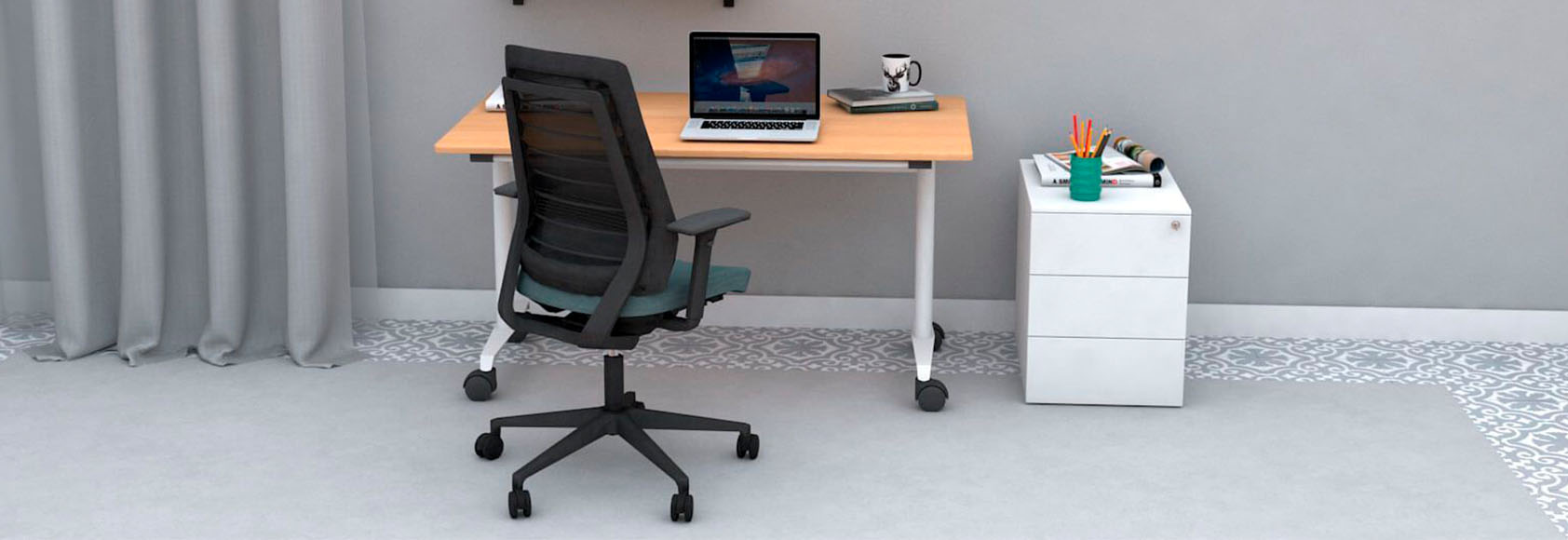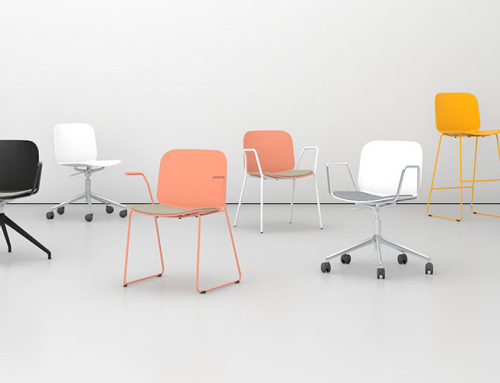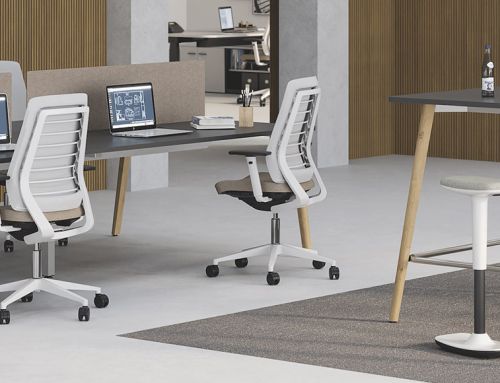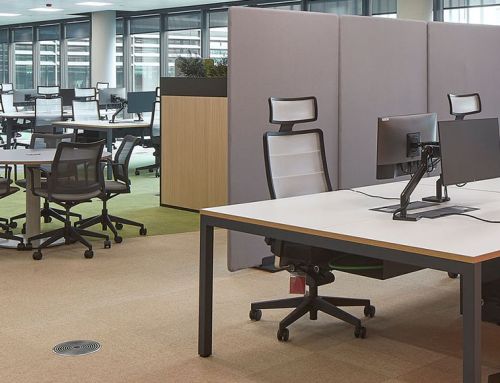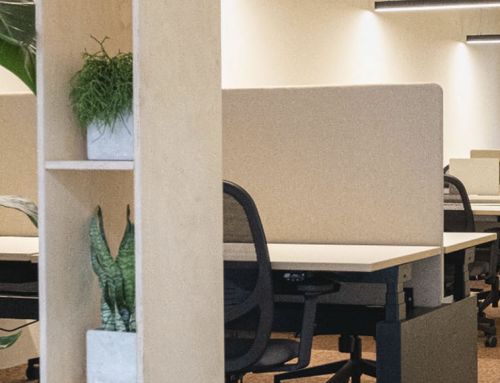Ergonomics in teleworking? To what extent is it necessary to invest in having a good job at home? Most people who work in the office aspire to achieve a balance between professional and private life; between working in a company and teleworking for a better quality of life, more autonomy and flexibility.
More than 75% of workers in large cities, according to different studies, consider that their workplaces meet their needs. A similar percentage think that their companies care about providing their employees with good work spaces. Satisfaction with their work environment is more important among managers and people between 19 and 35 years old.
And what about our houses? Do they meet the right conditions for teleworking?
In office work, whether it is carried out in the company, at home or in a third space, apart from the physical or postural load, we are subjected to an intellectual and/or emotional workload. Hence, the importance of preventing these loads from resulting in damage to our health.
The design and ergonomics of the furniture, noise, color, and temperature conditions influence visual health, ability to concentrate and comfort and well-being. In the offices, all these conditions are usually controlled by the prevention and health department, but what about at home?
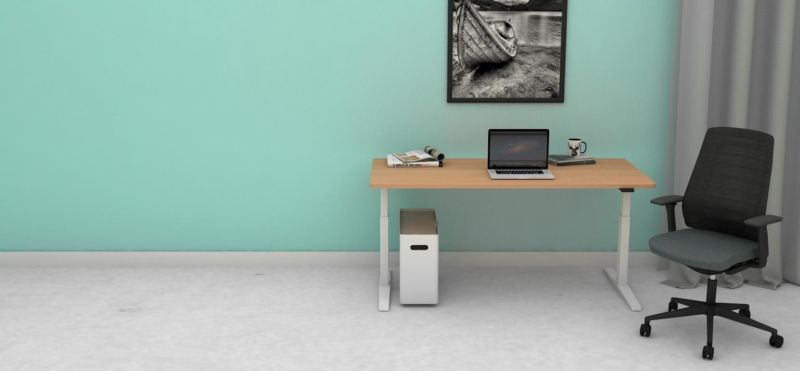
Sensitize workers, key in the ergonomics of teleworking
Before the pandemic, teleworkers seemed satisfied about the equipment they had at home to work, taking into account the scores attributed to their quality of life at work and their productivity.
Do you still think the same thing now that you telework for many more hours and days a week; now that telecommuting is no longer an occasional thing? On the other hand, it is worth asking, did these workers know if the equipment that seemed adequate to them was really the recommended one to prevent back pain and musculoskeletal disorders, for example?
This question leads us to put on the table the importance of companies making teleworkers aware of the importance of ergonomics and health in the workplace.
Most employees cannot imagine a world in which their companies interfere with the privacy of their home to set up a workstation. They are in favor, of course, of a certain financial contribution for this equipment, mainly with regard to the desk and chair.
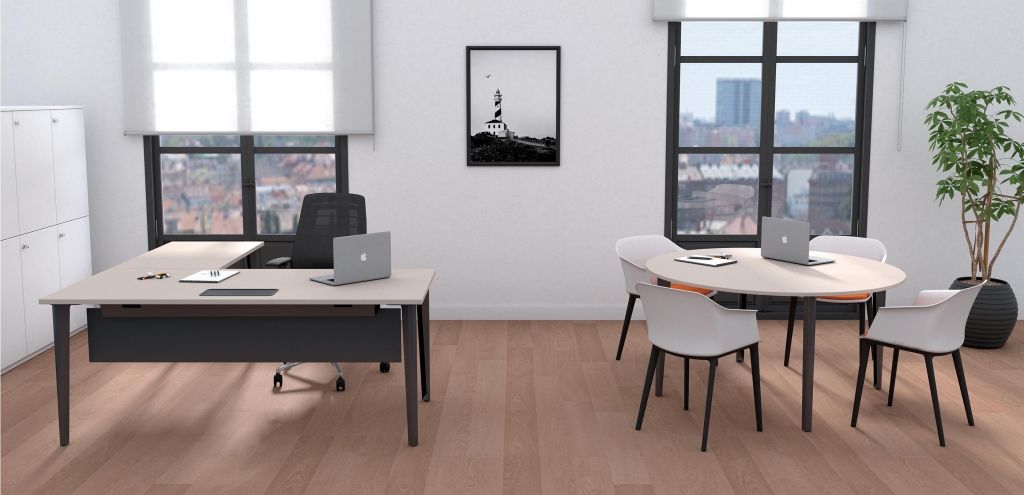
Teleworking, an all-purpose workstation
Moving the job out of the office involves many changes in the way of working and in the employees’ relationships with the company and colleagues. But we must not forget that it is still a job for all purposes and, therefore, its design will affect our productivity, our well-being and our health.
More than half of the workers who have switched from their office jobs to remote jobs have suffered from musculoskeletal problems.
Requirements for ergonomic teleworking
Each house is different, as are the needs of each person, but we can offer some general recommendations:
- If possible, separate the workplace from the rest of the house. The ideal is to have a space for the exclusive use of work. According to a study by Ofita, 53% of teleworkers do so from an independent space of the house and 47% from shared areas, mainly the living room. 96% work seated at a desk.
- A pleasant decoration motivates us and makes the day more bearable.
- An organized environment, essential to lighten the mental load of work.
- A good internet connection that allows us to work connected and collaborate remotely.
- An ergonomic chair. The chair is one of the most important elements for the health of teleworkers, and the key to everything is ergonomics. A good chair must adapt to the body and its movements, and for this it must include different regulations.
80% of teleworkers asked by Ofita prefer an ergonomic chair, rather than an aesthetic chair in harmony with the decoration of their home.
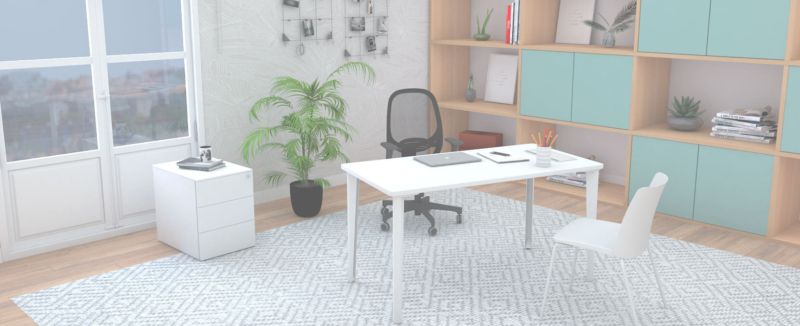
They consider it essential that the task chair have different regulations to adapt to them: seat height adjustment (feet must be fully planted on the floor), backrest height adjustment (to allow correct lumbar support), height of the armrests … And of a synchro system, which allows the backrest to tilt in a synchronized movement with the seat, favoring the natural movement of the body and preventing us from spending many hours in the same position.
- A spacious desk. The size of the desk will be limited by the space available, although the minimum recommended is that it be 120 cm long . On the other hand, for 60% of the teleworkers surveyed by Ofita, the connectivity of a table and its ergonomics are more important than its design.
- Good lighting: It is best to have enough natural light. If it is artificial, it should be as similar as possible to natural light.
